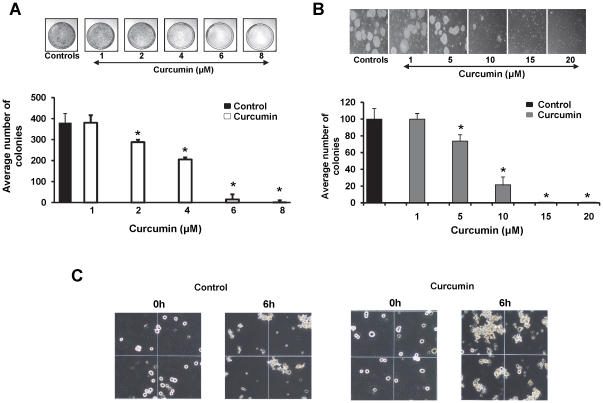Figure 6. Curcumin treatment attenuates colony formation and cell-cell aggregation.
A). Anchorage dependent colony formation assay. C4-2 cells (2000) were plated overnight, treated with indicated concentrations of curcumin for 14 days and examined for their colony forming ability. Representative photographs are shown. Curcumin showed a dose-dependent inhibition in anchorage dependent colony formation assay. Mean ± SE; n = 3; *p<0.05. B). Anchorage independent colony formation assay. C4-2 cells were seeded in 0.3% agarose and treated with varying concentrations of curcumin for 9 days. The number of colonies were counted and plotted. Curcumin treatment inhibited anchorage independent colony formation of C4-2 cells. Mean ± SE; n = 3; *p<0.01. C) Cell-cell aggregation assay. C4-2 cells treated with curcumin (15 µM) or DMSO for 1 h were harvested and assayed for cell-cell aggregation by incubating under gentle shaking conditions at 37°C in the presence of 5 mM CaCl2. After 6 h incubation, an aliquot of the reaction mixture was analyzed and photographed for cell-cell aggregation under phase contrast microscope. Larger cell-cell aggregates were observed in curcumin treated cells, compared to DMSO control cells. Original Magnifications 100×.

